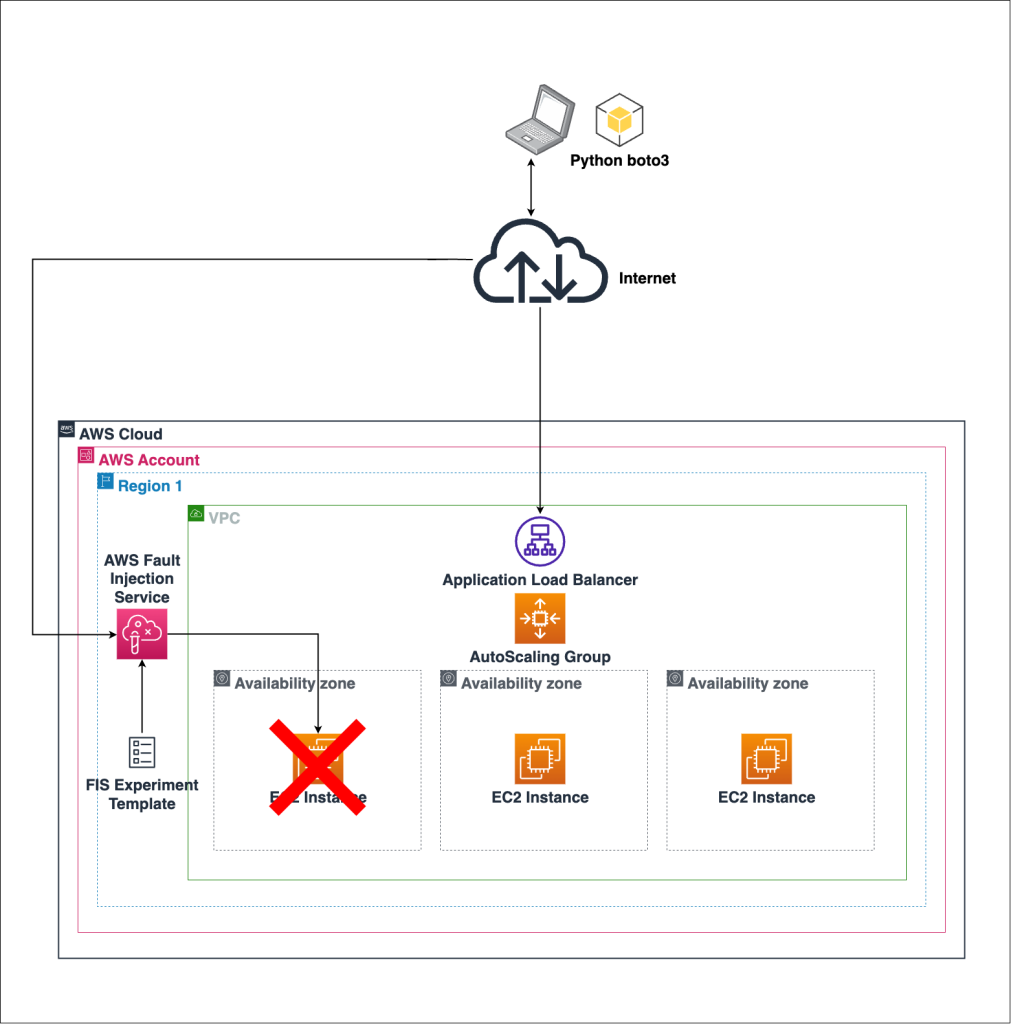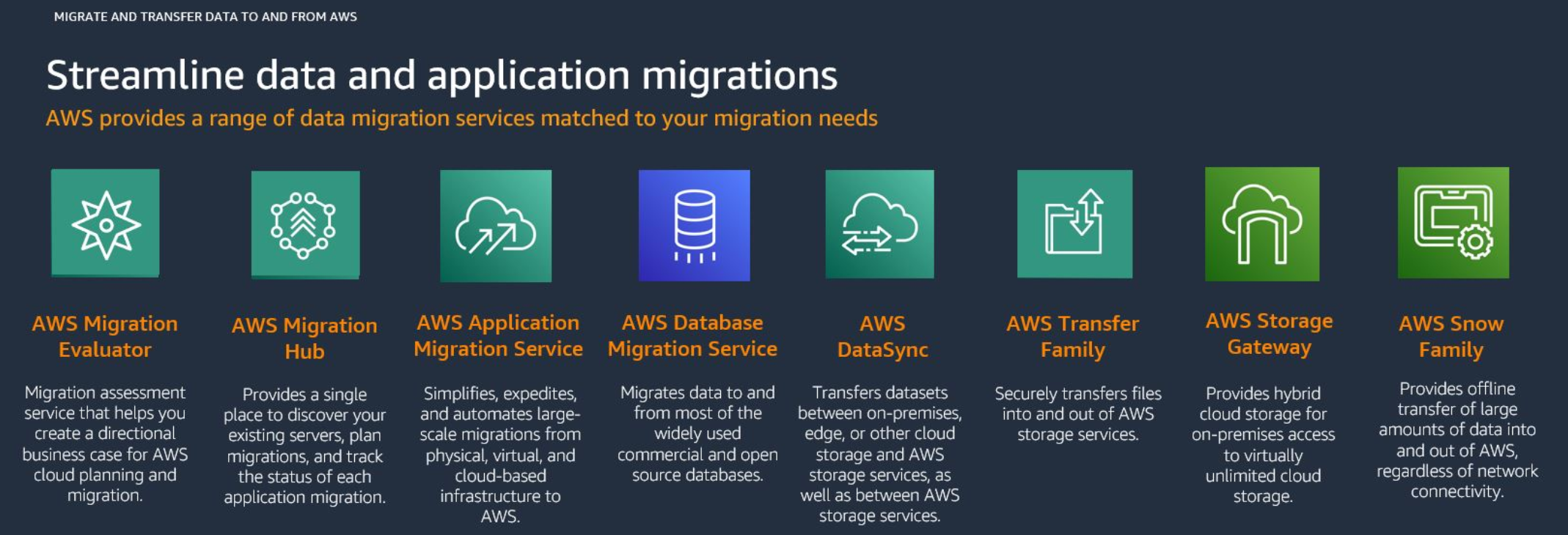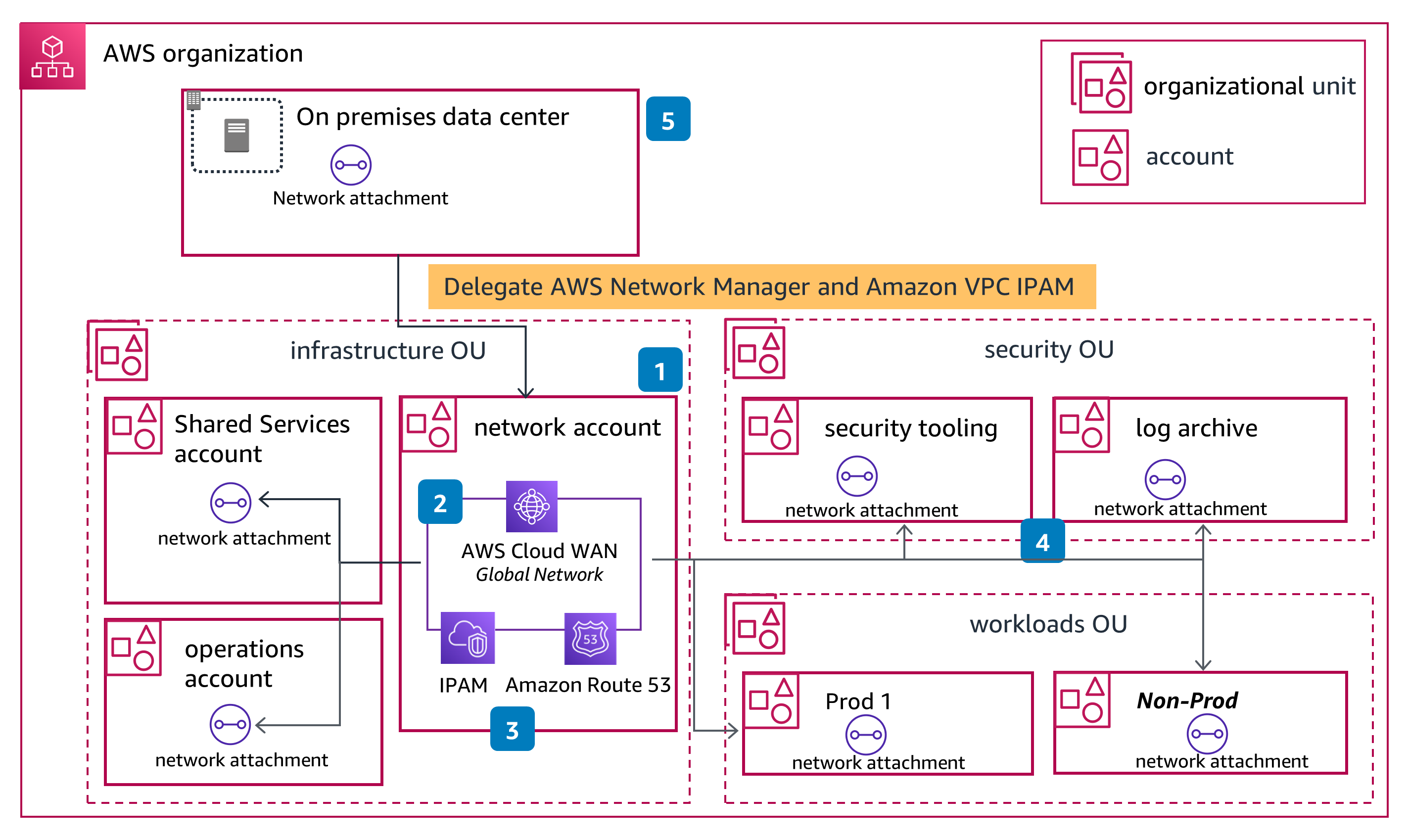- Published on
AWS Cloud Services Overview and Implementation
- Authors

- Name
- Adil ABBADI
Introduction
Amazon Web Services (AWS) is the leading cloud platform, offering an extensive suite of services that enable businesses of all sizes to deploy, manage, and scale applications seamlessly. From computing power to storage, databases, networking, machine learning, and beyond, AWS empowers developers and organizations to innovate faster and operate more efficiently.

- Major Categories of AWS Services
- Implementing AWS Services in a Sample Application
- Best Practices in AWS Cloud Implementation
- Conclusion
- Take the Next Step: Experiment and Innovate!
Major Categories of AWS Services
AWS services are categorized across multiple domains, suited for distinct workloads. Understanding these categories lays a foundation for effective cloud architectures.
1. Compute Services
AWS compute services provide scalable resources for running applications, websites, and services.

EC2 (Elastic Compute Cloud) offers resizable virtual machines. Lambda provides serverless compute with event-driven execution. Elastic Beanstalk simplifies application deployment and scaling.
Example: Launching a basic EC2 instance using AWS CLI
aws ec2 run-instances --image-id ami-0abcdef1234567890 --count 1 --instance-type t2.micro --key-name MyKeyPair
2. Storage and Database Services
AWS offers robust storage and database solutions for varied needs, from object storage to relational and NoSQL databases.

- S3 (Simple Storage Service): Object storage for unlimited data.
- EBS (Elastic Block Store): Block storage for EC2.
- RDS (Relational Database Service): Managed relational databases.
- DynamoDB: Fully managed NoSQL database.
Example: Uploading a file to an S3 bucket
aws s3 cp myphoto.png s3://my-aws-bucket/
3. Networking and Content Delivery
AWS networking services enable secure connectivity, traffic control, and content distribution globally.

- VPC (Virtual Private Cloud): Provision isolated cloud networks.
- Route 53: DNS and domain registration.
- CloudFront: Global content delivery network (CDN).
Example: Creating a new VPC
aws ec2 create-vpc --cidr-block 10.0.0.0/16
Implementing AWS Services in a Sample Application
Let’s walk through designing a simple web app on AWS, highlighting how core services integrate.
1. Deploying a Web Server with EC2
Launch and configure an EC2 instance to host your website.
# Create security group
aws ec2 create-security-group --group-name web-sg --description "Web server SG"
# Authorize HTTP traffic
aws ec2 authorize-security-group-ingress --group-name web-sg --protocol tcp --port 80 --cidr 0.0.0.0/0
# Launch EC2 instance with the security group
aws ec2 run-instances --image-id ami-0abcdef1234567890 --instance-type t2.micro --security-groups web-sg --key-name WebKeyPair
2. Storing and Serving Content from S3
Create an S3 bucket to host static files like images, CSS, and JS.
aws s3 mb s3://my-awesome-webapp
aws s3 sync ./static s3://my-awesome-webapp/static
Enable static website hosting in the S3 bucket properties via the AWS Console.
3. Distributing Content Globally with CloudFront
Accelerate static content delivery using Amazon CloudFront, enabling global edge locations.
aws cloudfront create-distribution --origin-domain-name my-awesome-webapp.s3.amazonaws.com
Update DNS records in Route 53 to direct your domain to the CloudFront distribution.
Best Practices in AWS Cloud Implementation
Implementing AWS services effectively requires a grasp of key best practices for security, cost, and scalability.
- IAM (Identity and Access Management): Use roles and least privilege.
- Automation: Use CloudFormation or Terraform for Infrastructure as Code.
- Monitoring: Set up CloudWatch for metrics and auto-scaling.
- Cost Optimization: Use billing and cost management dashboards.
Example: Granting S3 access to an IAM user
aws iam attach-user-policy --user-name WebAppUser --policy-arn arn:aws:iam::aws:policy/AmazonS3FullAccess
Conclusion
AWS’s comprehensive suite of services, from compute to networking to content delivery, makes it the go-to platform for modern cloud architectures. By understanding each service’s core function and how they interconnect, developers and organizations can build highly scalable, resilient, and efficient applications with ease.
Take the Next Step: Experiment and Innovate!
Ready to take your cloud skills further? Explore the AWS Free Tier, experiment with hands-on projects, and unlock the transformative potential of cloud technology today!
